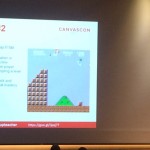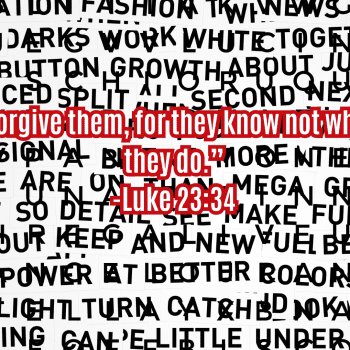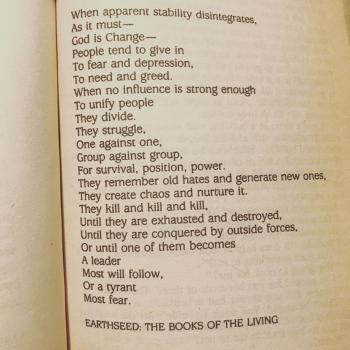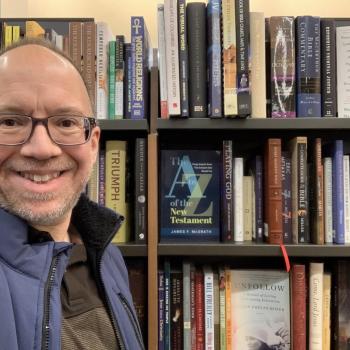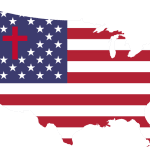On Sunday, my congregation, Crooked Creek Baptist Church, celebrated its 180th anniversary. It is the third oldest church in Indianapolis, and older than Butler University (among other things, including a significant number of countries). The following day I attended CanvasCon, a day-long event about a Learning Management System called Canvas. Butler University currently uses Moodle, and in the past has used Blackboard. We aren’t necessarily looking to replace ours, but it is good to reevaluate them regularly.
Thinking about the juxtaposition of these two days, and simply approaching the day through the lenses of religious study and my own personal experience, led me to ask certain questions and make comparisons. Would CanvasCon involve hard sells for Canvas or will it primarily be aimed at those who are already “believers”?
And is there such a thing as a “Faith Management System”?
An LMS (previously more frequently called a Course Management System or CMS) is a means to achieving certain learning and course aims more effectively. You can have great content in a non-optimal LMS and it can still work. But if you have no content to deliver, no student engagement, and do not input grades in a timely manner, the best LMS in the world will not make the course a positive experience.
As the program started, my idea to connect these things seemed less of a stretch, as we were told to treat our programs for the day “like they’re your Bible – or not.”
The opening keynote address by Jared Stein included a focus on Sakichi Toyoda’s view that we should ask “five whys.” This applies well in higher education as in religion. We often think we have a clear concept of why we do things, but fail to ask about additional layers of meaning and motivation. The point that those who are engaged become more so, and those who are not become even less so over time, applies in churches and classrooms.
In a breakout session about transitioning to Canvas, Patsy Carruthers highlighted the role that a deeply convinced and staunch outspoken advocate in bringing about a change. She also spoke about how making the switch from Blackboard to Canvas “changed my life.” Then Loren Morris spoke about how one discovers that one’s current LMS simply won’t work going forward, the overwhelming array of options available, evaluating a few of them, and then “conversion” both in the sense of individuals and an institution shifting to a new LMS, but also in the sense of moving a course from one LMS platform (they used “Angel”) to another. Institutional conversion is often a relatively quick process, but one that is proceeded by extensive frustration, soul-searching, and reflection.
The next session I went to was about assessment, and Jason Sparks talked about working in higher ed educational institutions and in publishing before moving to Instructure, where he gets to change lives.
During lunch, educators who already use Canvas talked about how personal attention and assistance, and a sense of community meaning that you do not have to struggle alone, made a difference in choosing to move to and stay with Canvas.
After lunch, the message that we forget unless we are reminded and asked to recall material was mentioned and brought to mind again.
I could say more, but let me close by sharing that, for me as a liberal Christian and a flexible educator, I appreciated the stance of the conference speakers and attendees about Canvas much as I would appreciate those who share their faith with a combination of confidence and genuine appreciation for the good that their own system offers, while not demonizing other systems. One can genuinely appreciate a tradition more than others (otherwise presumably one should convert) while at the same time recognizing that what works ideally for one person or context may not be equally well suited to another.
But let me also return to my original point. There is “content” to faith that can differ from person to person and institution to institution. But there are also some common needs that faith traditions have across the board, which mirror needs of educators and educational institutions: the need to convey information, to create community, to foster and maintain engagement, to track progress, to maximize retention, and so on. Religions can be analyzed in terms of beliefs and practices, but also in terms of structures and methods.
What do you think? Is there a helpful comparison that can be made between religion and education? Is there such a thing as a “Faith Management System” in the realm of religion? And might some of the digital tools that educators use also serve the needs of religious traditions and their adherents?
For more about CanvasCon, please see my tweets during the day. Hopefully if you read my blog and are on Twitter you already follow me there – but if not, this would be a perfect time to start!



